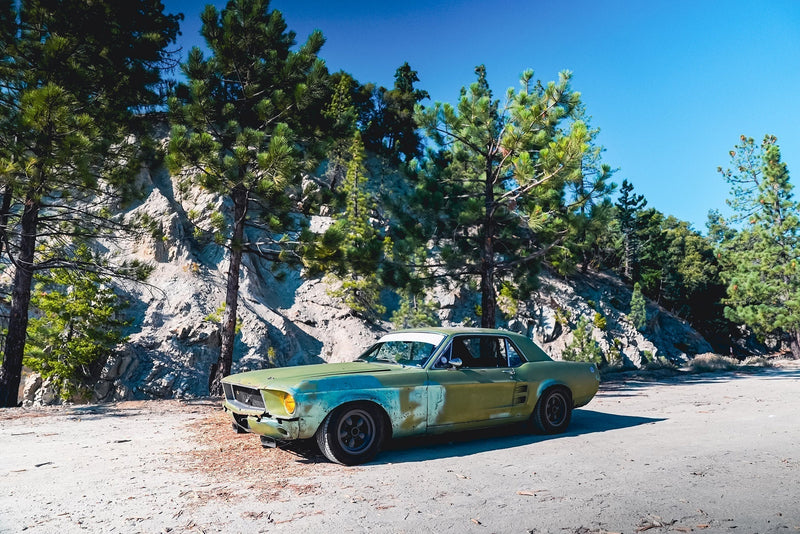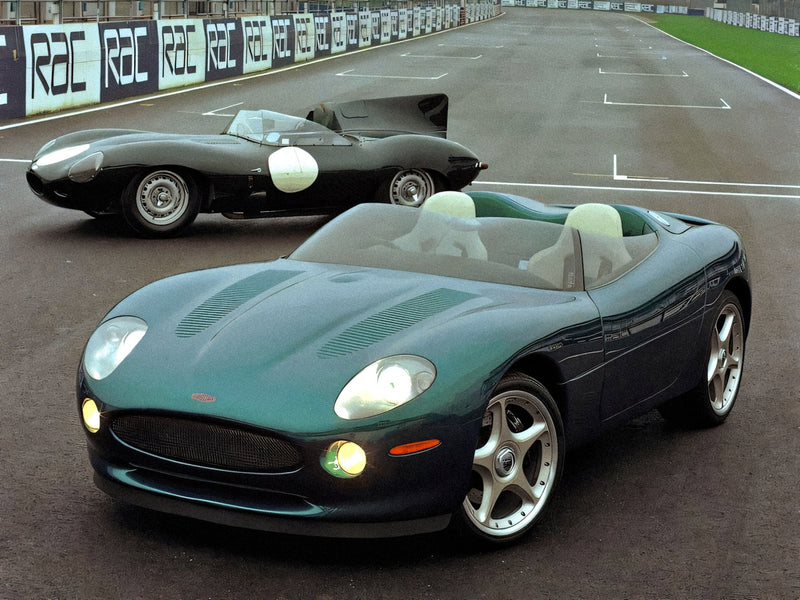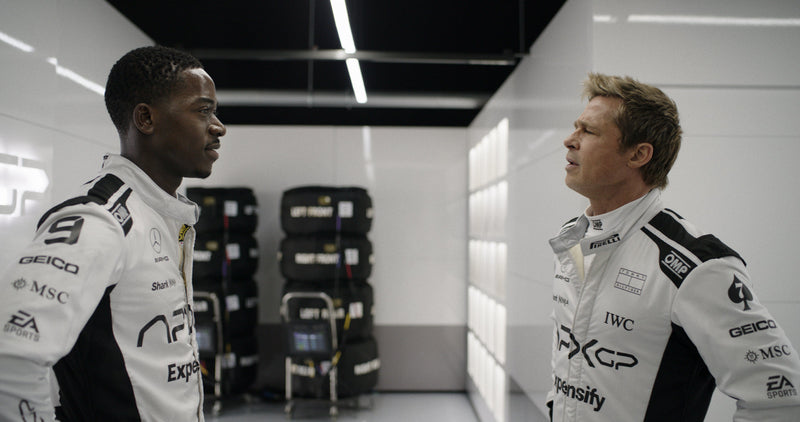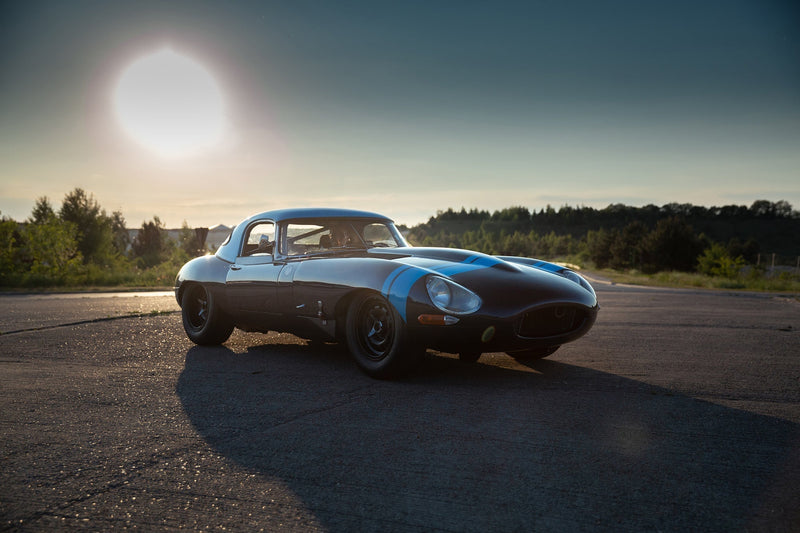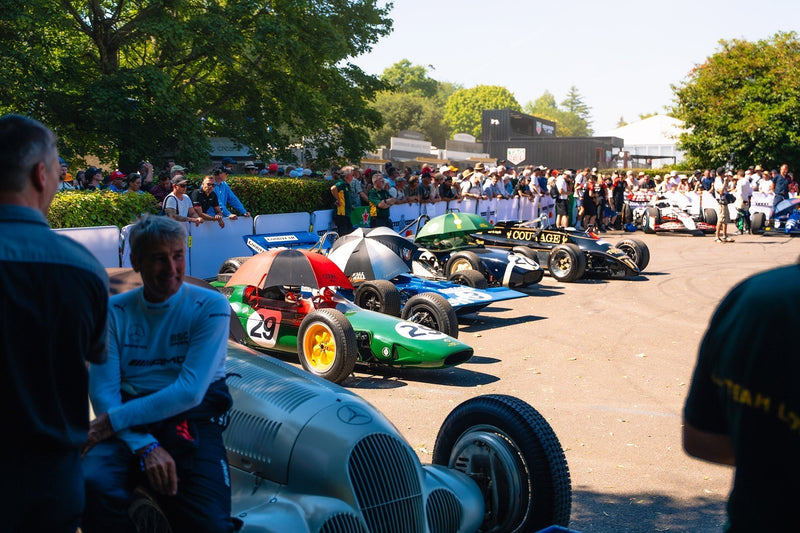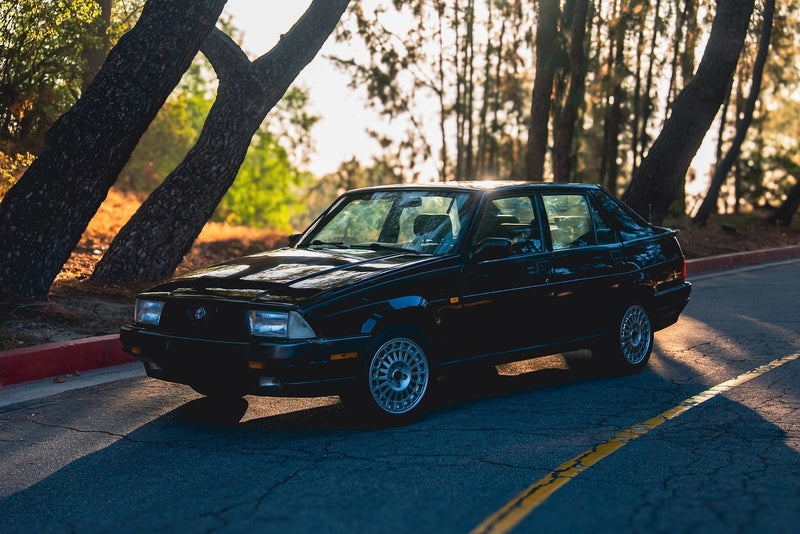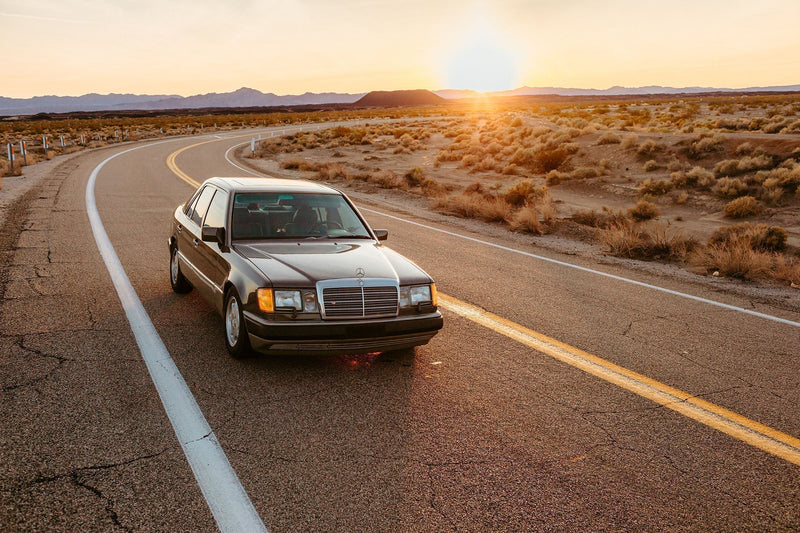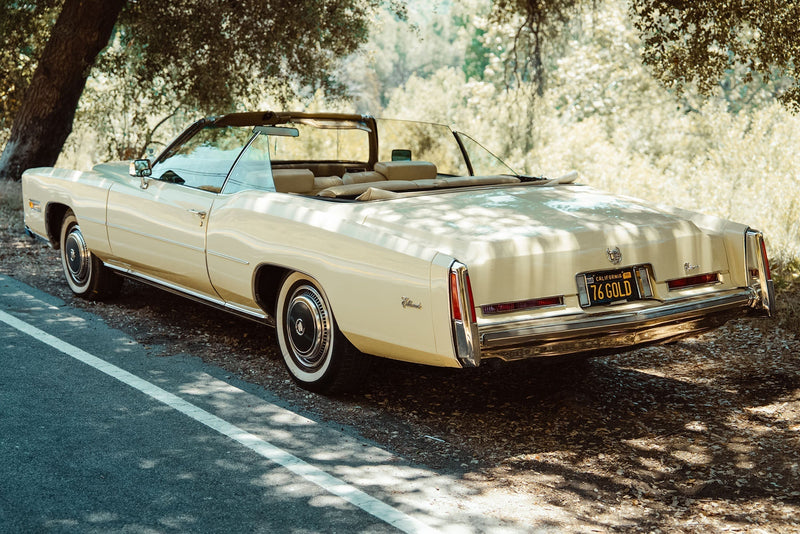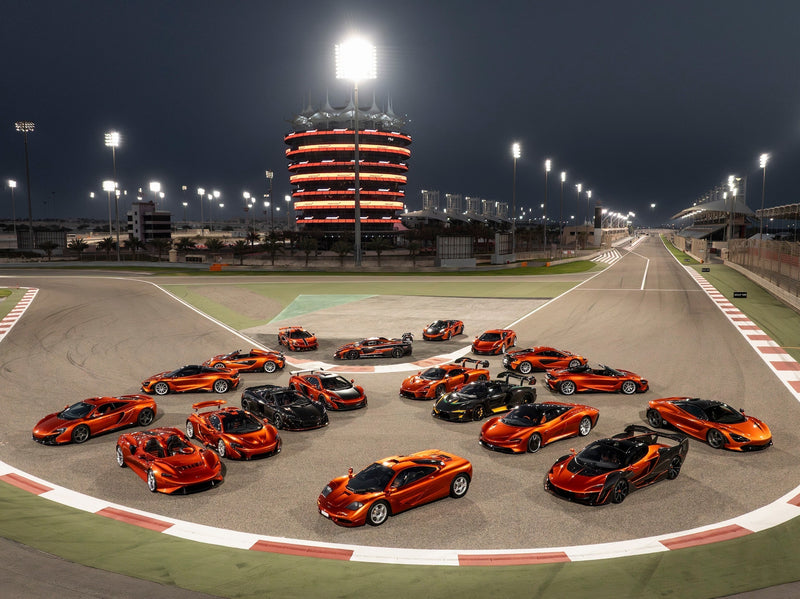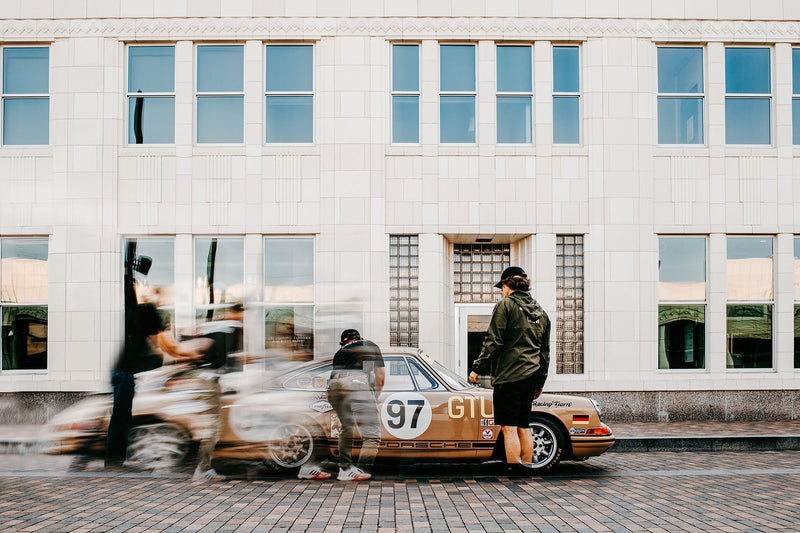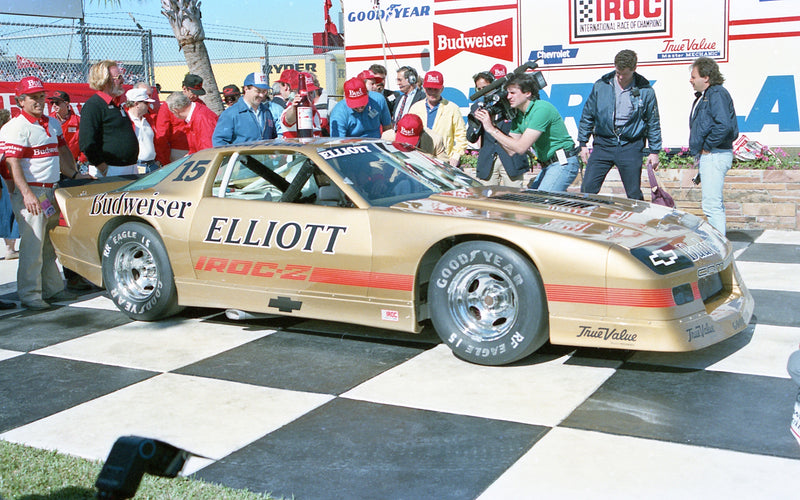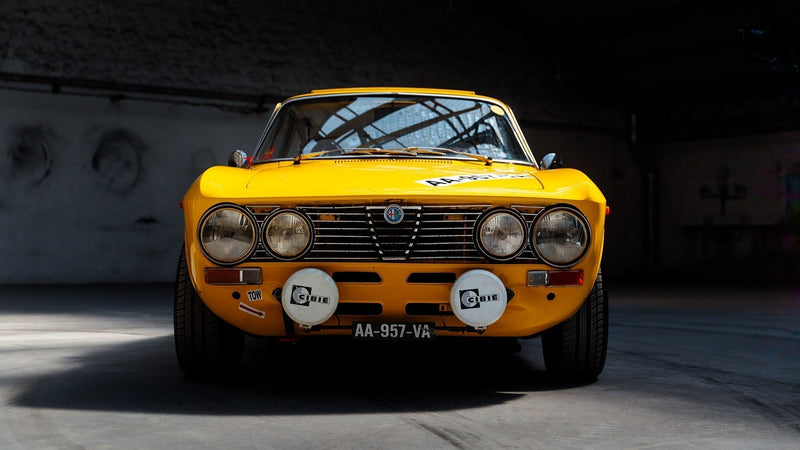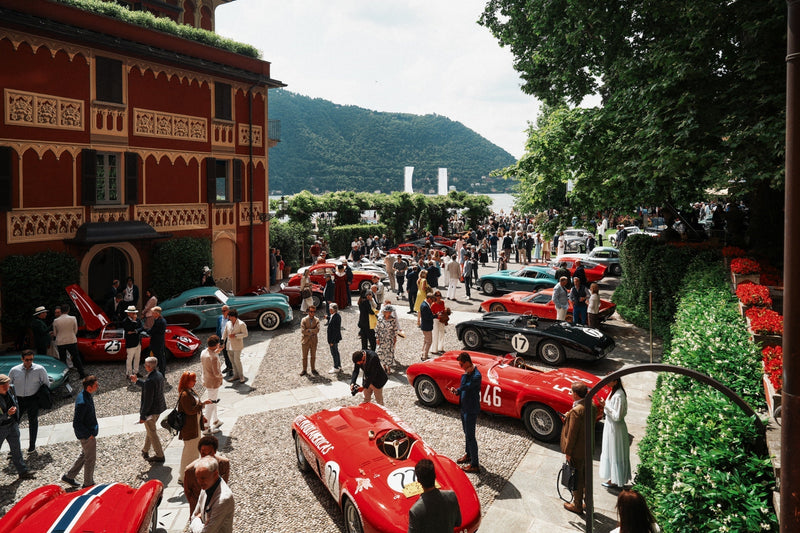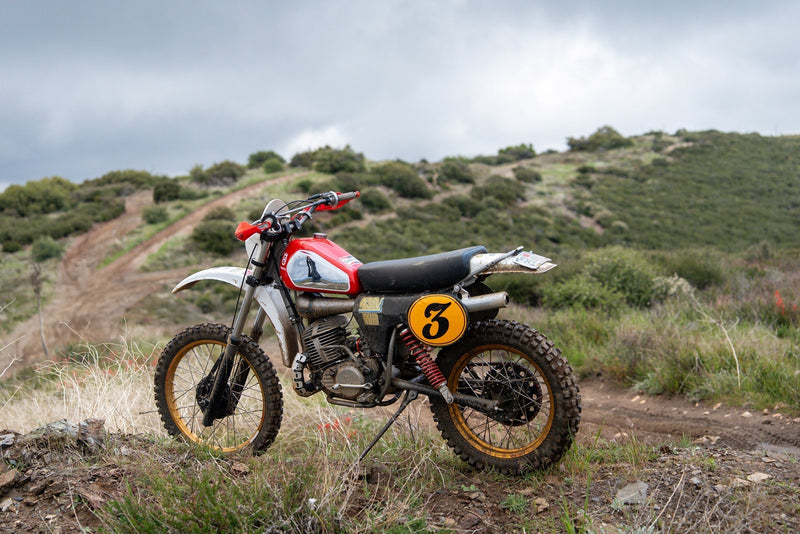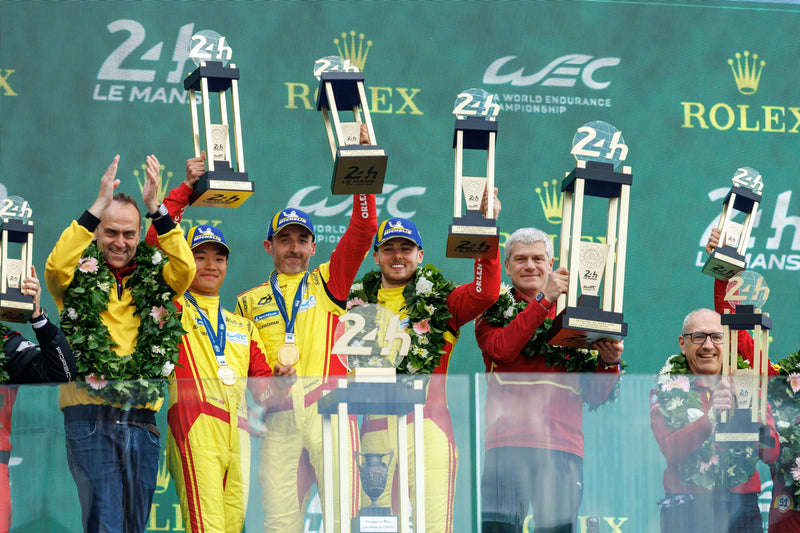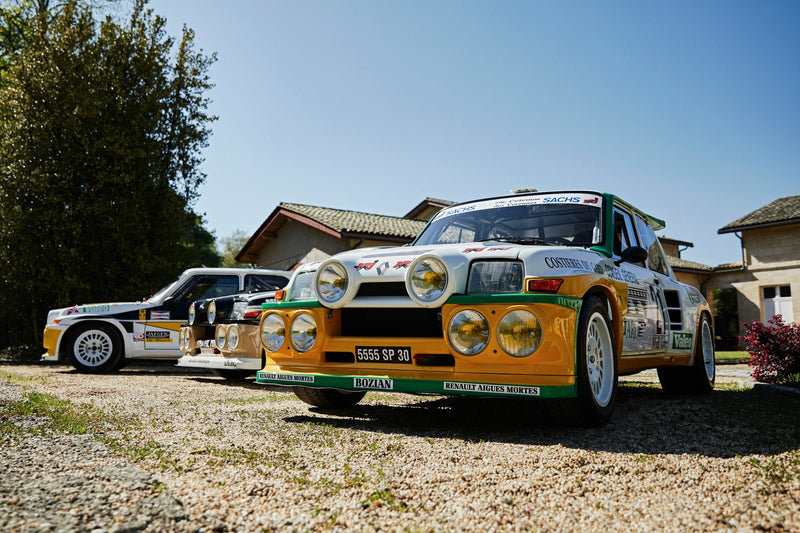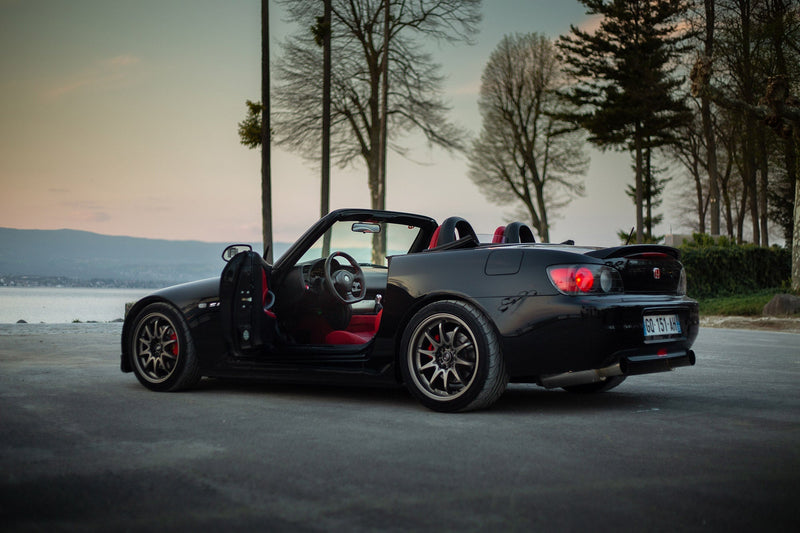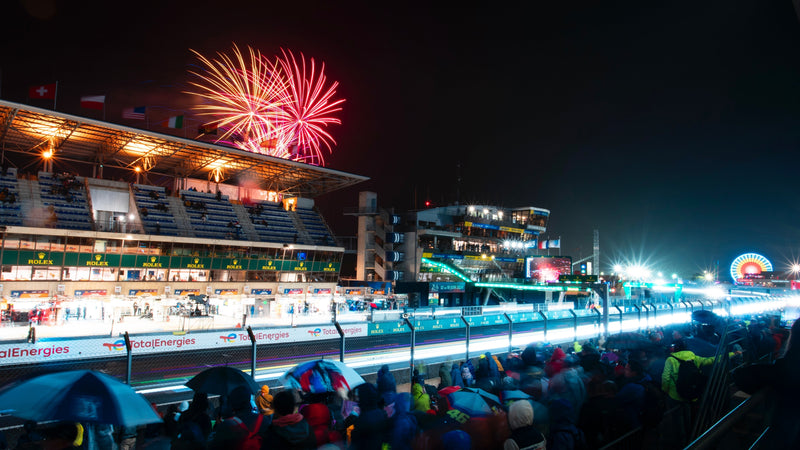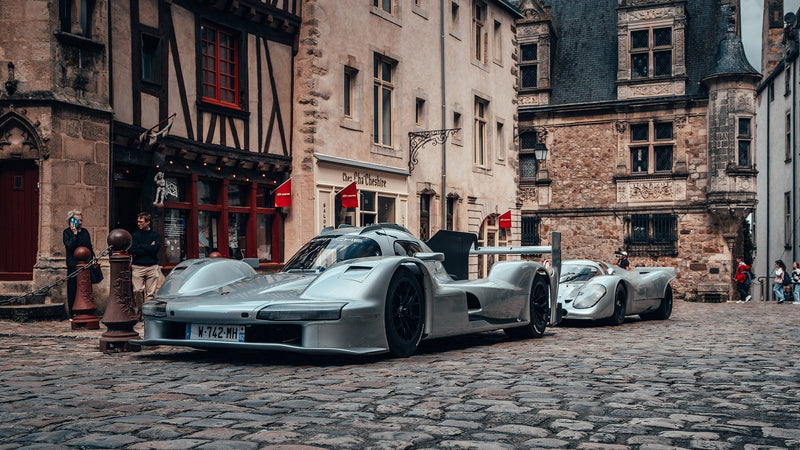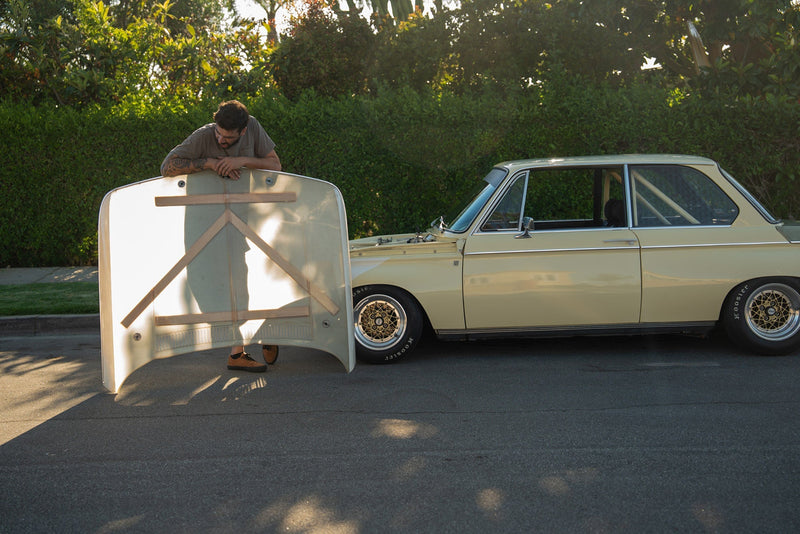I am visualizing a scene at a desk at the Italdesign studio in 1979, a full 20 years before the company’s founder would receive the accolade “Car Designer of the Century.” I am imagining Giorgetto Giugiaro sitting in front of his drafting board with a small stereo emitting a tinny rendition of a Pink Floyd album as his pen scratches out the finishing touches to the Lancia Delta.
Long before it would become a legend in rallying history, the ambition behind the first Lancia Delta was to build a compact four-door that could compete for consumer attention against similar cars, like the Volkswagen Golf—also Giugiaro designed, coincidentally. There were no initial plans to compete with the front-wheel drive Delta, thanks in large part to the already excellent results of the Fiat-Lancia Group rally teams campaigning cars like the 131 Abarth, and the Stratos and its 037 successor. At the Turin Motor Show in 1982 however, an all-wheel drive Delta prototype was presented. This concept was based on the regular production model, but housed a 128hp, 1.6L turbocharged inline-four, all-wheel disc brakes, and other higher high-performance-oriented accoutrement.





In many ways this car would come to represent the beginning of the Delta’s rallying career, and the success of that career helped to fuel a win on Sunday, sell on Monday sales success with the more pedestrian standard Deltas. The Delta would prove to be the winningest rally car from a company with no shortage of credits in that regard, and on the consumer end of the spectrum it would also become one of the best-selling Lancia road cars; from 1979 to 1993, more than half a million Deltas were produced and sold.
In the spring of 1986, just about when Group B rallying came to its infamous end, the Delta HF 4WD was born as one of the first Italian-made permanent all-wheel drive cars for the commercial market. It featured a Lancia Thema-sourced 1995cc, twin-cam, eight-valve inline-four with a Garrett turbocharger and an air-to-air intercooler. The car also featured Weber IAW electronic ignition and fuel injection, and it also adopted some pretty trick bits of kit elsewhere in the engine bay, like sodium-filled valves and a standalone oil cooler.
It wasn’t long before Lancia decided to use the HF 4WD for its rally platform for the new Group A-dominated sport, and between that car and its subsequent evolutions, Lancia enjoyed an unparalleled amount of rallying success. Living up to the Lancia legacy in the discipline, the Delta went on to win the WRC constructors’ title six consecutive times (1987-1992) and the driver classification four times, twice with the Italian Miki Biasion (1988 and 1989) and twice more with the Finnish talent, Juha Kankkunen (1987 and 1991).



Due to Group A regulations that were much, much stricter than the outgoing Group B rules, very little comparative room for modification was granted to the then-new Group A rally cars. In effect this meant that pedestrian drivers could buy the homologated versions of the quick Deltas and play out their rally driver dreams on their favorite back roads. Of course the chassis setups were entirely more rugged on the real things, but wringing a Delta Integrale through some made up tarmac stages on the way to the store was enough of a connection to the sport, I’d think.
After the victories in the drivers’ and constructors’ rally titles in 1988, the Delta HF Integrale was enhanced once again for the following season, characterized by the introduction of a 16-valve engine. The official name became the Delta HF Integrale 16v (to the previous model’s 8v designation), and just as another driver and constructor title was achieved in 1989, a 200hp version of the 16v arrived on the street.



In 1991 the Delta HF 16v became a WRC champion once again, and was once again updated for the season to come, even though Lancia had opted to withdraw its factory team from the 1992 season. The 1992 season car, the HF Integrale Evoluzione, was instead campaigned by teams run by Martini and Jolly Club, who, to nobody’s surprise, were also able to clinch the title with the evolved Delta. Though there was an Evoluzione II road-going model that followed, that car was more or less a celebration of what the older Deltas had already achieved in competition, and was in fact never homologated for the WRC. In other words, the first Delta Evoluzione is the last homologated Lancia rally car, ever.
The Delta in these photos is an original Evo, wearing its original nero metallizzato (“black metallic”) paint and green-grey alcantara seats, and is owned by an Italian collector named Claudio who is lucky enough to share his passion with his father.
“I fell in love with the Deltona
“Having grown up and enjoyed some Deltonas firsthand now, I can say that compared to the previous models, the Evo is much more aggressive and glued to the road, because this car’s main changes were to the suspension setup,” Claudio tells me in the naturally excited tones of someone who is clearly smitten. “It has wider wheel arches, a rear spoiler that’s adjustable to three different angles, as well as improved suspension and braking systems. Its steering is more ‘planted’ as a result, but even to look at the Evo is special. It has a more aggressive body and altogether presence, with redesigned skirts and air dams, more venting, and so on. Though it is of lesser importance, the Evo also has better electronics—even a digital clock timer. Don’t mind the fact that very few know how to correctly set it…” Claudio went on to explain his Delta’s triple differential setup, wherein the open front differential the central differential distribute the power asymmetrically; 56% to the front axle and 44% to the rear axle, integrated with a viscous Ferguson coupling. “This automatic coupling limits the sliding of the front axle relative to the rear axle and vice versa, transferring the torque from one to the other when required. Furthermore, the Ferguson coupling has the advantage of always being in operation and not transmitting stresses to the various transmission components. And the rear differential is a Torsen setup, not a traditional self-locking plate differential, but a design that allows torque to be distributed between the two rear wheels more effectively. “In practical terms, in the event that one of the two wheels on the rear axle loses grip, the Torsen avoids any dragging of, or spin from, the inside wheel. In the real world this allows me to drive the car, with some, let’s say, ‘spirit,’ regardless of the quality or evenness of the road surface,” Claudio says. Though his history of Delta fandom clearly extends further back than this specific car, I am curious to know how this Evo’s story fits into the timeline. “My father and I found her in 2002 in a car shop he used to visit often. It was displayed in the main window at a very affordable price, so affordable in fact that my father, who had initially not shown any interest in buying it, advised the owner to increase the asking price. You can probably imagine how I felt about that! Afterwards he returned home and thought about that car for a few days; the seed was planted, so to say. It only had 70,000km recorded, and the next owner would only be the car’s second. Thanks to some additional inspiration that I was happy to provide him with, my father was convinced that it was a smart buy, and we went down together to make our offer. Of course, when we did, the owner had already taken my father’s advice and raised the price! Still, it has proven to be a good deal, perhaps not the outright theft that it would have been had my father kept his market commentary to himself,” Claudio recalls. “Even if it doesn’t provide an extreme measure of performance, mechanically this car is a true masterpiece, and it’s so much more enjoyable than something that might be faster, but is much less involving. You really sense the history and the vision behind this car when you drive it, it connects you to history and the provenance of Lancia rallying, with the bonus that it’s very fun to drive regardless of all that. Being in this car always leads to me being flooded with emotion and adrenaline. Together my father and I have added 50,000km to the odometer, and though they are increasing in value I highly doubt we will ever put it in storage. This car is rewarding to drive in so many ways, how could we ever deny ourselves that pleasure once it’s been experienced?”












































